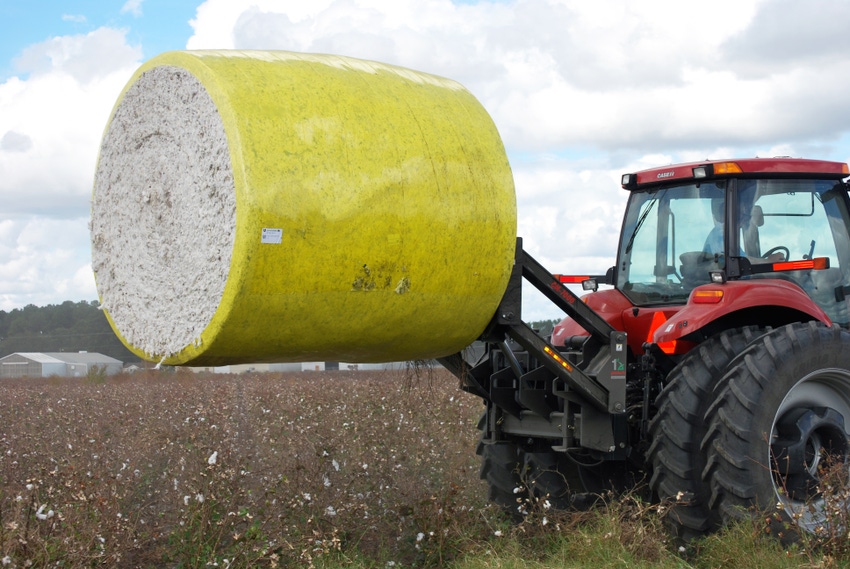
Secretary of Agriculture Sonny Perdue announced the renewal of the Cotton Ginning Cost Share program during his morning remarks at the Mid-South Farm and Gin Show March 3.
“In order to get the elephant in the room off the podium and push it out to the audience, we are announcing today a Cotton Ginning Cost Share program for the 2016 crop,” Perdue said to widespread applause from cotton-heavy, standing-room only crowd at the show.
Sign-up for the CGCS program is for the 2016 crop and starts March 12 and runs to May 11, 2018.
Perdue encouraged producers to sign up as soon as possible, and expect the process to run smoothly. Growers’ CGCS applications are already pretty much prepopulated and based on reported planted acres. “So, we should be able to do that pretty quickly -- hopefully get a little money in your pockets to buy those seeds and other inputs you need for the (2018) crop coming up.”
The program provides cotton producers cost-share payments for their cotton ginning costs. The Farm Service Agency administers the program, and cotton producers may receive a cost share payment, which is based on a producer’s 2016 cotton acres reported to FSA multiplied by 20 percent of the average ginning cost for each production region.
(Editor's note: Information below updated March 4 to correct the per acre rate for Southwest.)
The CGCS payment rate for each region is:
Southeast at $23.21 per acre. (Based on average ginning cost of $116.05 per acre.)
Mid-South at $30.39 per acre. (Based on average ginning cost of $151.97 per acre.)
Southwest at $19.65 per acre. (Based on average ginning cost of $98.26 per acre.)
West at $48.02 per acre. (Based on average ginning cost of $240.10 per acre.)
Payments for the program are capped at $40,000 per producer. To qualify, a cotton producer must meet conservation compliance provisions, be actively engaged in farming and have adjusted gross incomes not exceeding $900,000. FSA will mail letters and pre-filled applications to all eligible cotton producers.
The program was first introduced by USDA in 2016, and payments based on the 2015 crop helped producers when they came in late summer of 2016. Payments then were based on 40 percent of the average ginning cost for each production region.
Announcing the program took longer than wanted, Perdue said, joking he looked under every cushion and every couch at USDA and had to convince the Office of Management and Budget the program was need by cotton producers, “since we didn’t have another safety net in Title 1 (of the farm bill).”
He said the money to support the program was found before Christmas and the department hoped to announce the program renewal then, but the department was asked to postpone any announcement to see where the disaster bill, which was in works at the time, would fit into the cost-share program and other proposed policy changes for cotton.
About the Author(s)
You May Also Like






